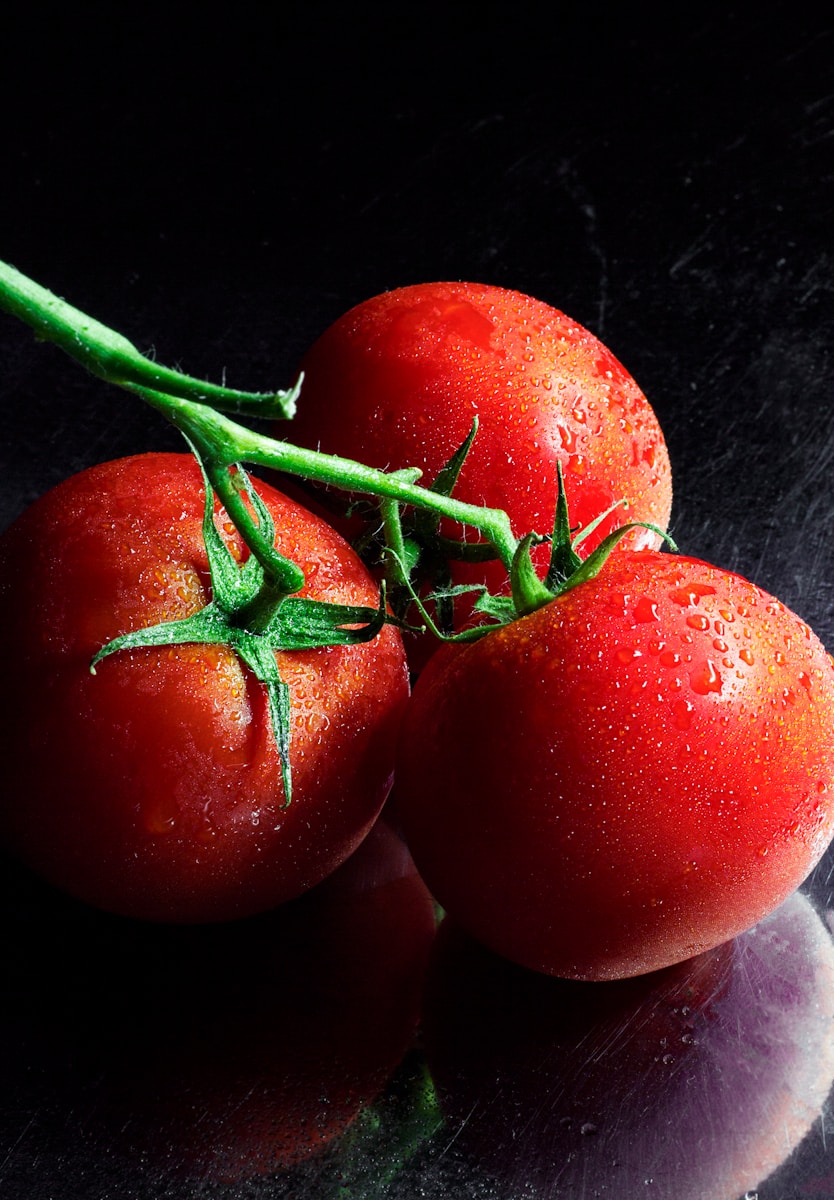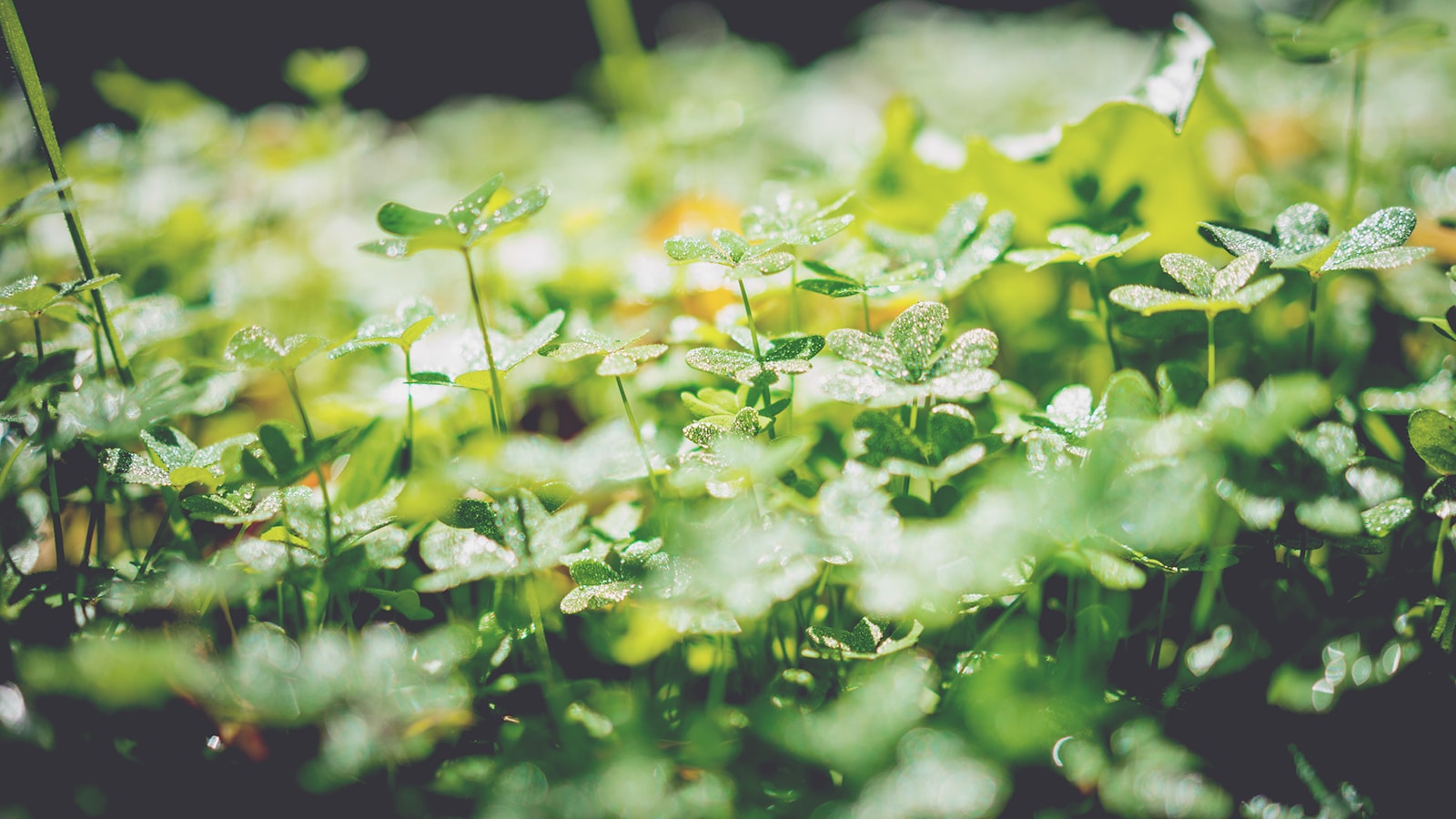Tomatoes are the crown jewel of many home gardens, but growing them from seed to harvest requires more than just sunlight and water. Choosing the best fertilizer for tomatoes is crucial to ensure healthy plants, vibrant blooms, and a bumper crop of juicy, flavorful fruits. Whether you’re a seasoned gardener in sunny California or a beginner in the lush landscapes of North Carolina, this guide will walk you through everything you need to know about fertilizing tomatoes for optimal growth.
Why Fertilizing Tomatoes Matters
Tomatoes are heavy feeders, meaning they require a steady supply of nutrients to thrive. Without proper fertilization, your plants may struggle with stunted growth, yellowing leaves, or poor fruit production. The right fertilizer provides essential nutrients like nitrogen (N), phosphorus (P), and potassium (K), along with secondary nutrients and micronutrients that support root development, flowering, and fruit formation.
Understanding Tomato Nutrient Needs
Tomatoes have specific nutrient requirements at different growth stages:
- Seedling Stage: Focus on balanced nutrition to establish strong roots and foliage.
- Vegetative Stage: Higher nitrogen levels promote lush, green growth.
- Flowering and Fruiting Stage: Increased phosphorus and potassium support blooming and fruit development.
A well-rounded fertilizer tailored to these stages can make all the difference in your tomato garden.
Types of Fertilizers for Tomatoes
When selecting the best fertilizer for tomatoes, you’ll encounter several options. Each has its pros and cons, so let’s break them down:
1. Organic Fertilizers
Organic options, such as compost, manure, and fish emulsion, are derived from natural sources. They release nutrients slowly, improving soil structure and promoting microbial activity.
- Pros: Environmentally friendly, sustainable, and gentle on plants.
- Cons: Slower nutrient release, which may not address immediate deficiencies.
2. Synthetic Fertilizers
Synthetic fertilizers, like Miracle-Gro or granular NPK blends, provide a quick nutrient boost. They’re formulated to deliver specific ratios of nitrogen, phosphorus, and potassium.
- Pros: Fast-acting and precise nutrient delivery.
- Cons: Risk of over-fertilization and potential environmental harm if misused.
3. Slow-Release Fertilizers
These granular or pelletized fertilizers release nutrients over time, reducing the need for frequent applications.
- Pros: Low maintenance and consistent nutrient supply.
- Cons: Higher upfront cost and less control over nutrient release timing.
4. Liquid Fertilizers
Liquid fertilizers, such as seaweed extract or liquid fish fertilizer, are applied through watering. They’re absorbed quickly by plants.
- Pros: Immediate nutrient availability and easy application.
- Cons: Requires frequent reapplication.
Step-by-Step Guide to Fertilizing Tomatoes
Follow these steps to ensure your tomatoes get the nutrients they need at every stage:
1. Prepare the Soil
Before planting, enrich your soil with organic matter like compost or well-rotted manure. This improves soil fertility and structure.
2. Fertilize at Planting
Mix a balanced fertilizer (e.g., 10-10-10 NPK) into the planting hole to give seedlings a strong start.
3. Side-Dress During Growth
Once plants are established, apply fertilizer around the base (side-dressing) every 3-4 weeks. Use a high-nitrogen fertilizer during the vegetative stage and switch to a high-phosphorus formula during flowering.
4. Foliar Feeding
For a quick nutrient boost, spray a diluted liquid fertilizer on the leaves. This is especially helpful during fruiting.
5. Avoid Over-Fertilization
Too much fertilizer can lead to excessive foliage growth at the expense of fruit production. Always follow package instructions.
Common Mistakes and How to Fix Them
Even experienced gardeners can make mistakes when fertilizing tomatoes. Here are some common pitfalls and solutions:
- Over-Fertilizing: Leads to salt buildup and nutrient imbalances. Flush the soil with water to leach out excess salts.
- Under-Fertilizing: Results in pale leaves and poor growth. Apply a balanced fertilizer and monitor plant health.
- Ignoring Soil pH: Tomatoes prefer slightly acidic soil (pH 6.0-6.8). Test your soil and amend it if necessary.
Environmental and Sustainability Considerations
While fertilizing is essential, it’s important to consider the environmental impact. Overuse of synthetic fertilizers can lead to nutrient runoff, polluting waterways and harming ecosystems. Opt for organic or slow-release fertilizers whenever possible, and practice responsible application techniques.
Real-Life Success Story: A Texas Gardener’s Journey
Meet Sarah, a home gardener from Austin, Texas, who struggled with her tomato plants for years. After switching to an organic fertilizer regimen and following a strict feeding schedule, she transformed her garden. “My tomatoes are now the envy of the neighborhood,” she says. “The key was understanding their nutrient needs and being consistent.”
Final Thoughts
Choosing the best fertilizer for tomatoes is a game-changer for any gardener. By understanding your plants’ nutrient needs, selecting the right fertilizer type, and following a consistent feeding schedule, you can enjoy a bountiful harvest from seed to harvest. Remember, healthy soil equals healthy plants, so invest time in preparing your garden bed and monitoring your plants’ progress.



